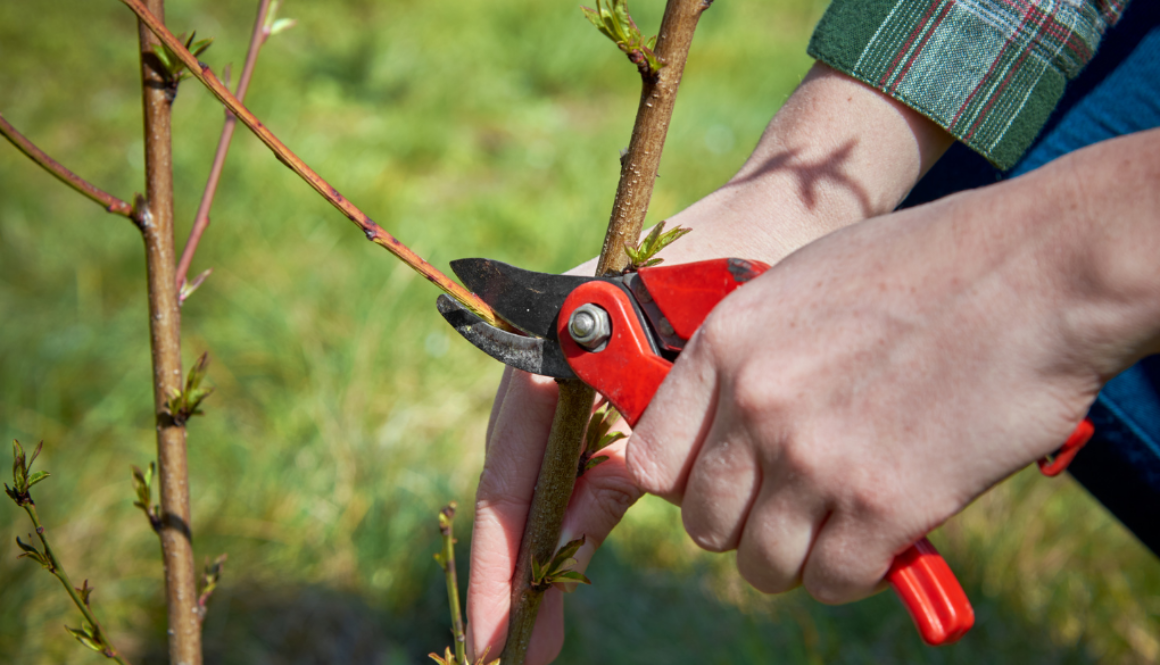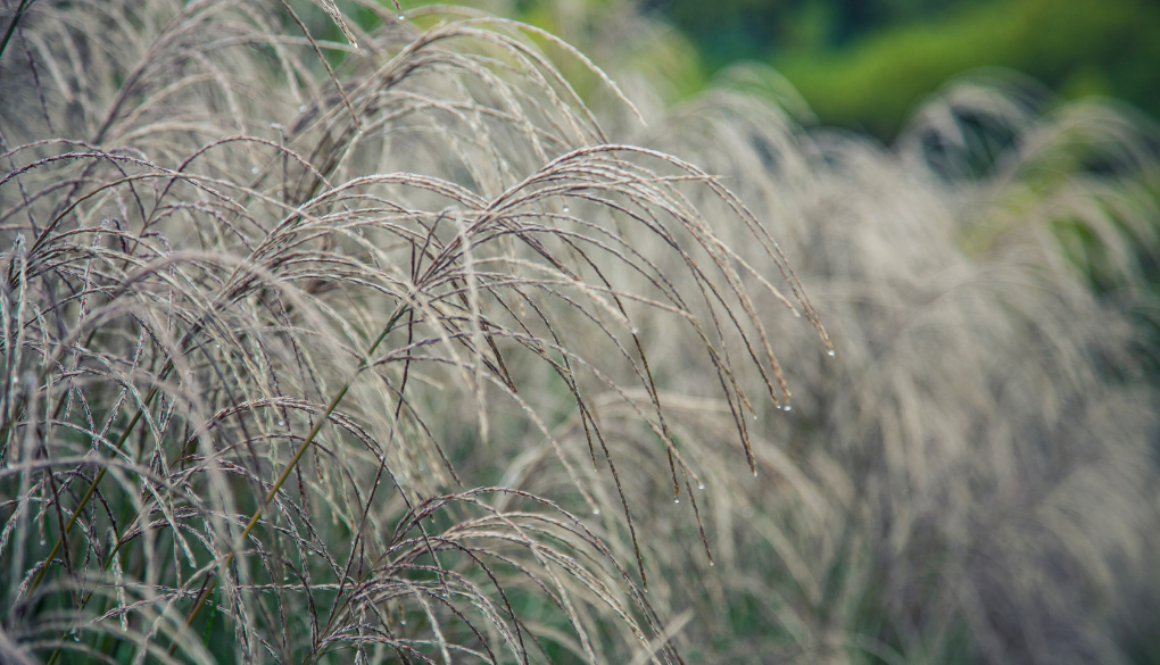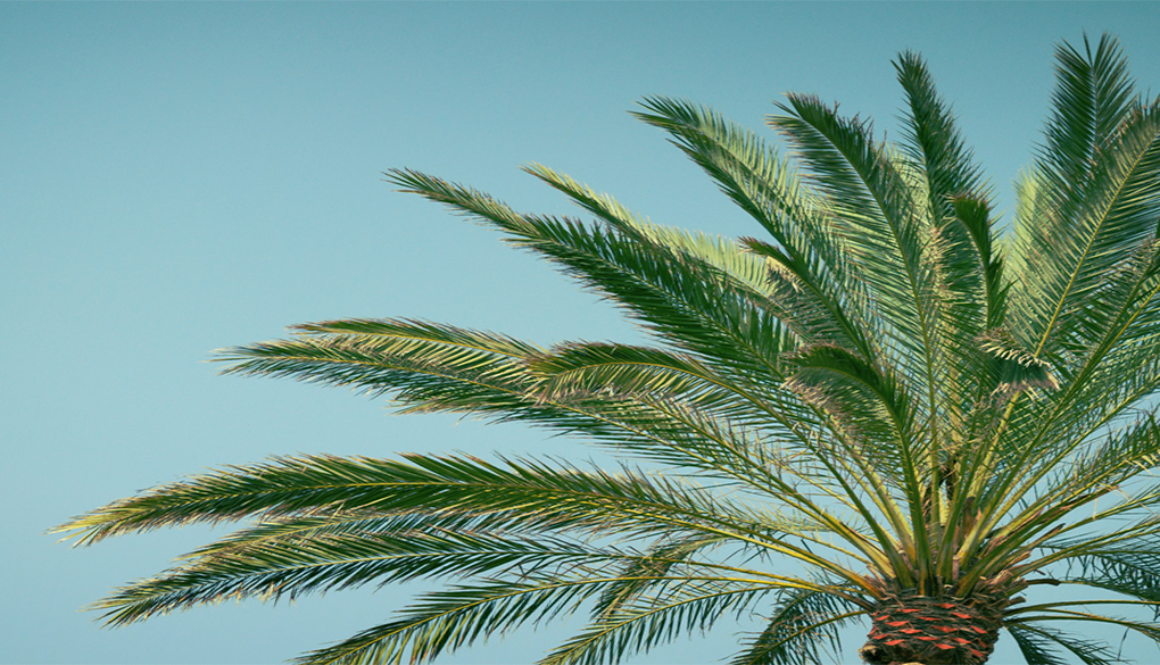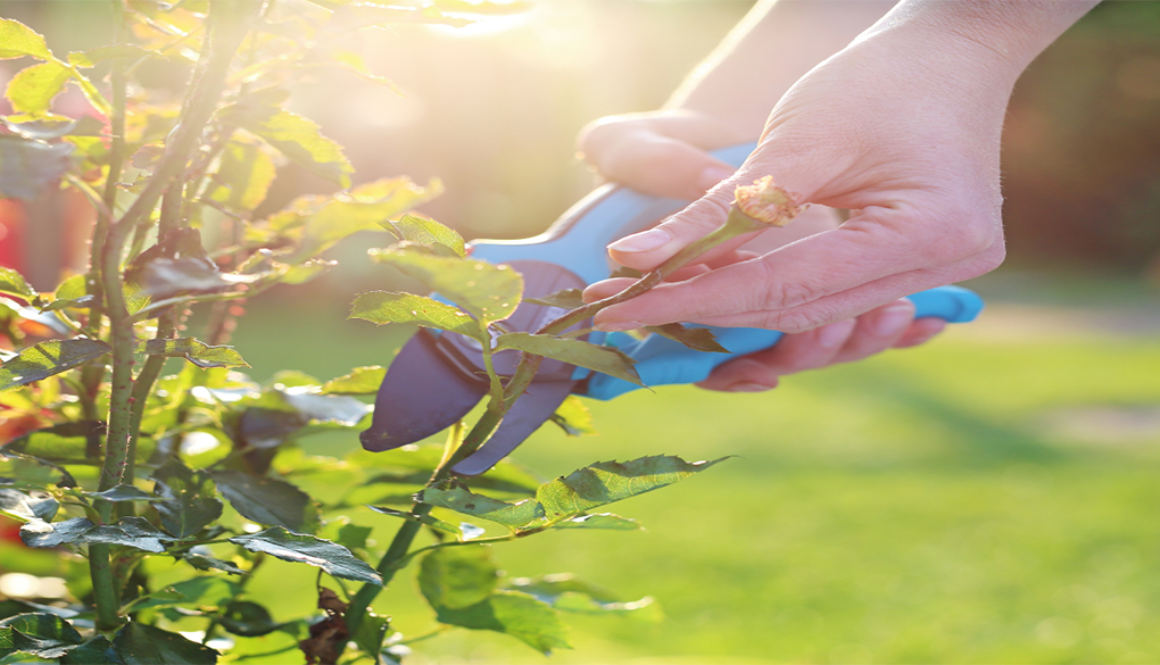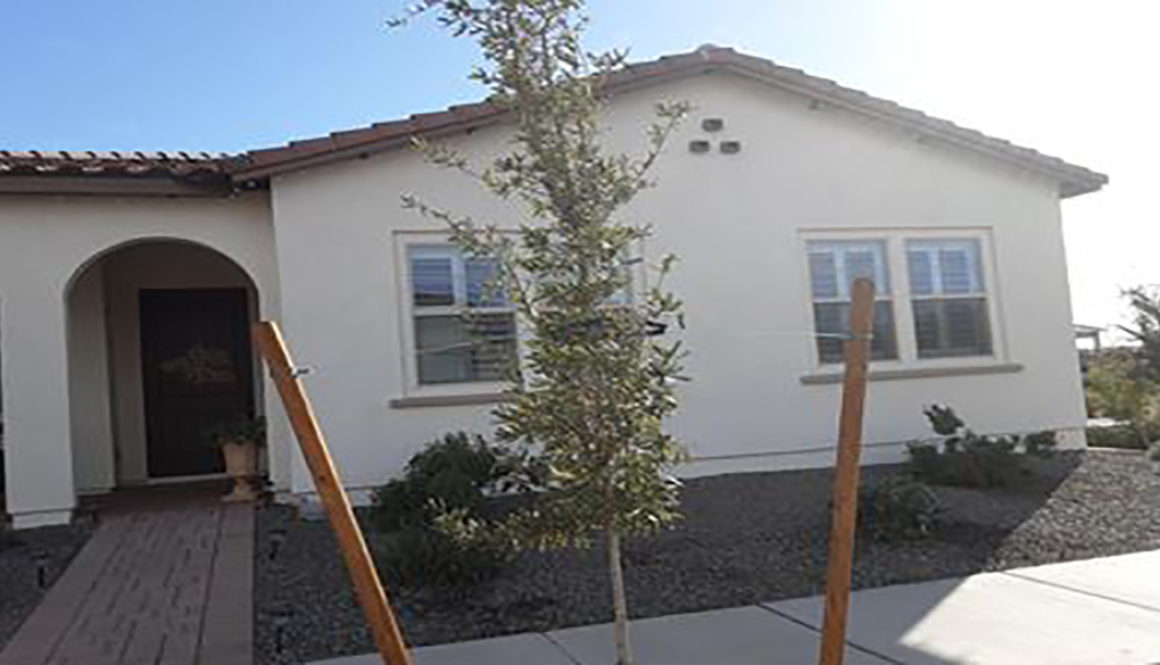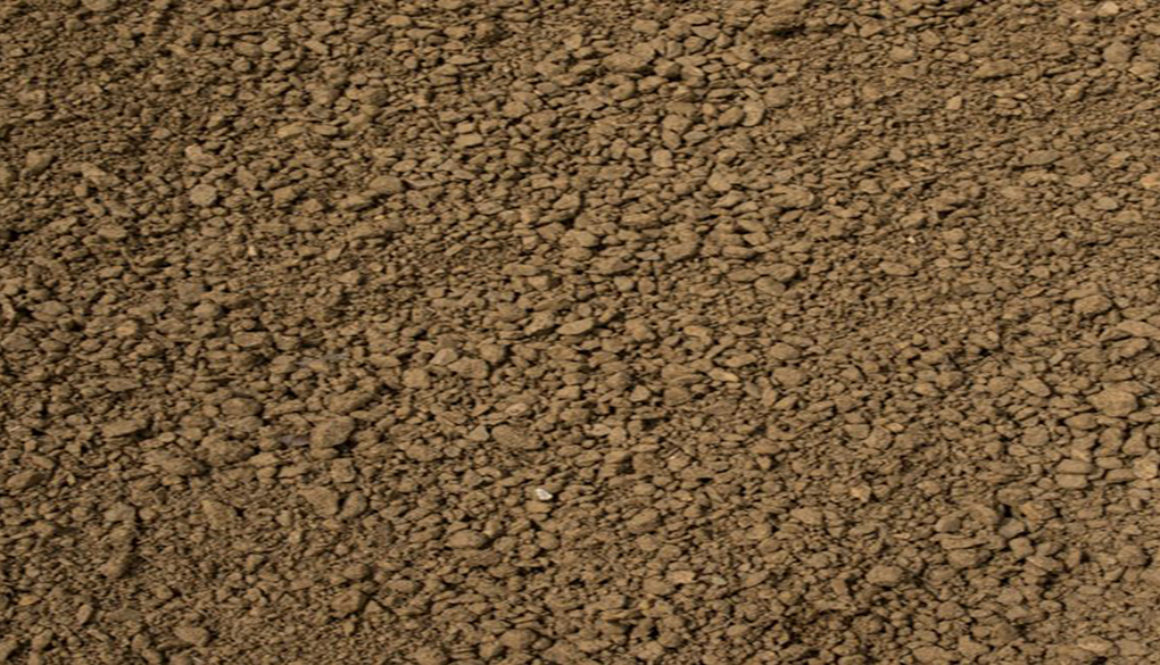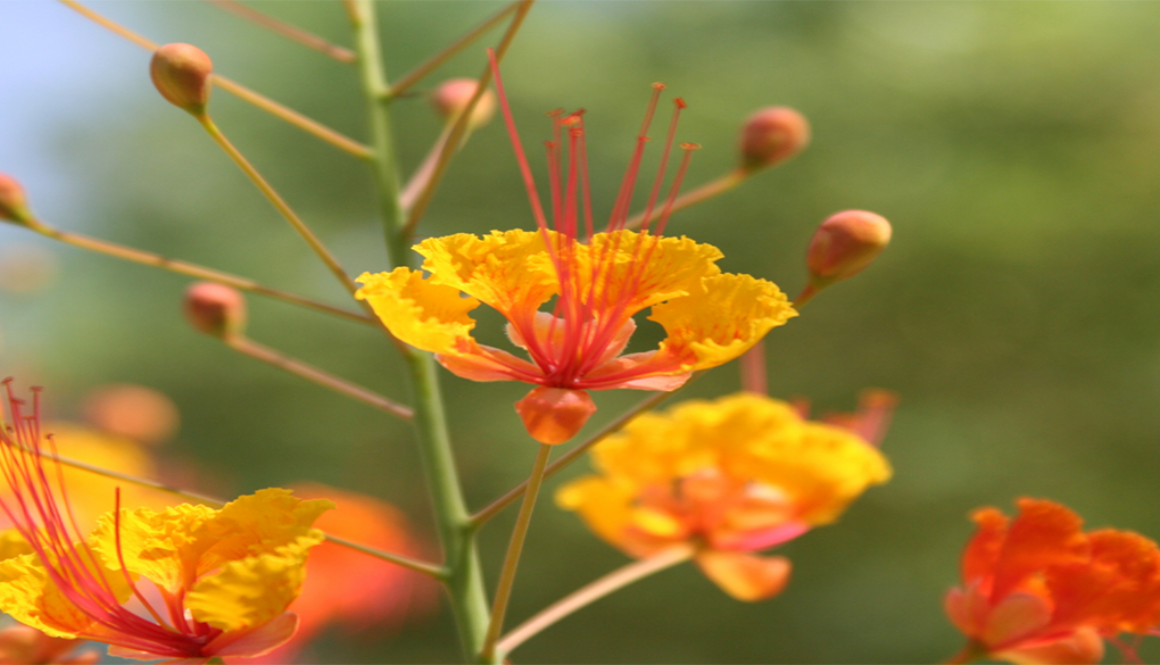For Residents; The Importance of Plant Pruning in Your Residential Landscape
When it comes to pruning the plants and trees of your community landscape, your maintenance company has it covered. But what should you be doing when to comes to the landscape of your front yard? We have put together some information on the best practices for pruning your plant material to help keep your yard looking great year-round.
Why Prune?
There are many great benefits associated with proper trimming practices of your plants and trees. To start with, appropriately timed pruning of plant material encourages its natural cycle of bloom and dormancy and promotes growth/flowering as well. Pruning is a great way to help your landscape look its best year round and has positive long term health effects on your plants.
Additionally, practicing proper pruning techniques will ensure that plants do not out grow their designated space- encroaching onto sidewalks and driveways. This will keep them from obstructing nearby signage or views and keep them looking clean and tidy.
When to Prune
Now that you have an idea of how pruning your plant material can benefit your landscape, it is important to understand when the appropriate time to perform pruning is to ensure that you are able to enjoy these benefits!
Here in the Desert Southwest, we recommend following rejuvenation pruning schedules advised by experts such as the Arizona Landscape Contractors Association and Sustainable Landscape Management.
We also recommend referring to resources provided by your landscape management company, such as pruning schedules and species-specific plant information. Here at ELS, we have made resources for our large scale HOA communities to access and this is something that should be expected from your landscape management company as well.
Click Here to download our Free Pruning Schedule Guide
How to Properly Perform Rejuvenation Pruning
Rejuvenation Pruning is a type of pruning that is done annually, as needed, to ensure long term health of the plant. The time of pruning is different per plant species and is based on plant characteristics, blooming schedule, and growth pattern. This type of annual pruning helps you avoid excessively pruning your plant material which typically leads to stress to the plant thus requiring more water and resources to keep it alive.
By performing rejuvenation pruning according to the above schedule and keeping “here and there” pruning to a minimum, you will ensure long term health of your plant material and enhance seasonal bloom and color in your landscape!
For more information on how to prune, visit our blog post in the topic here.

